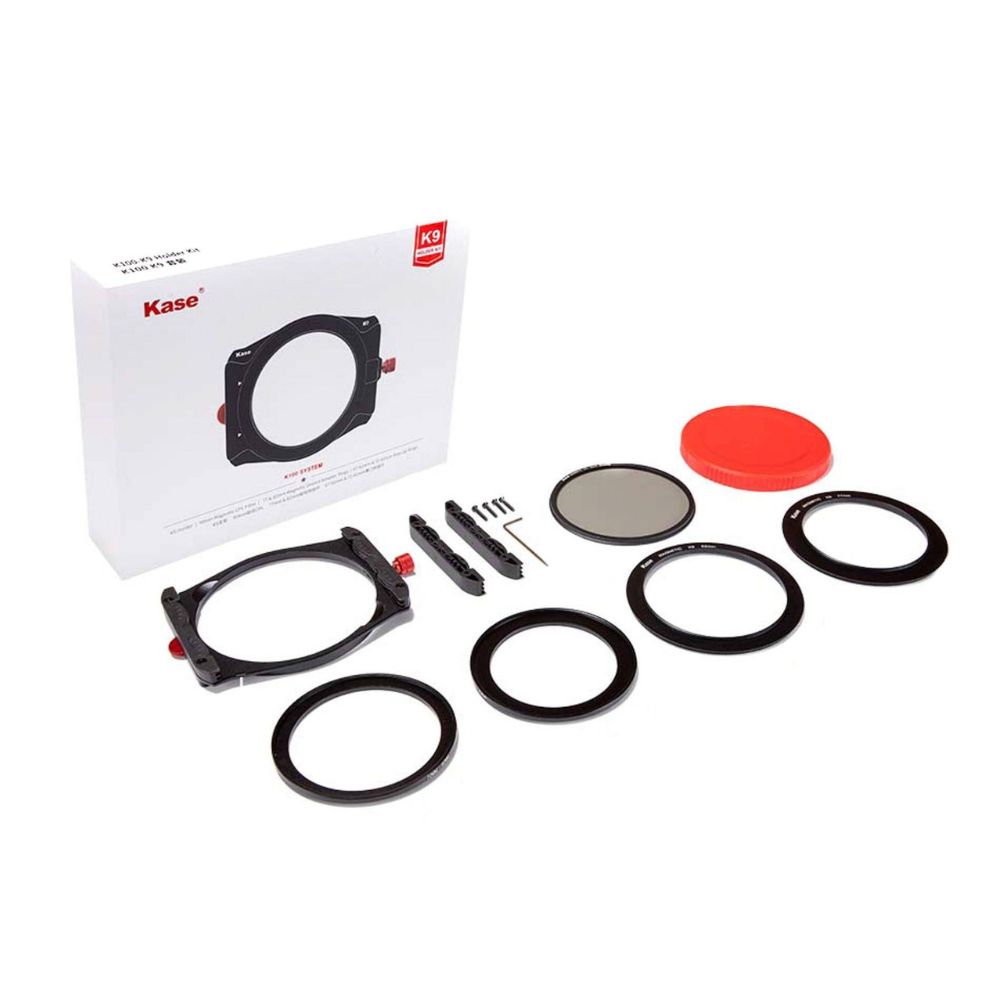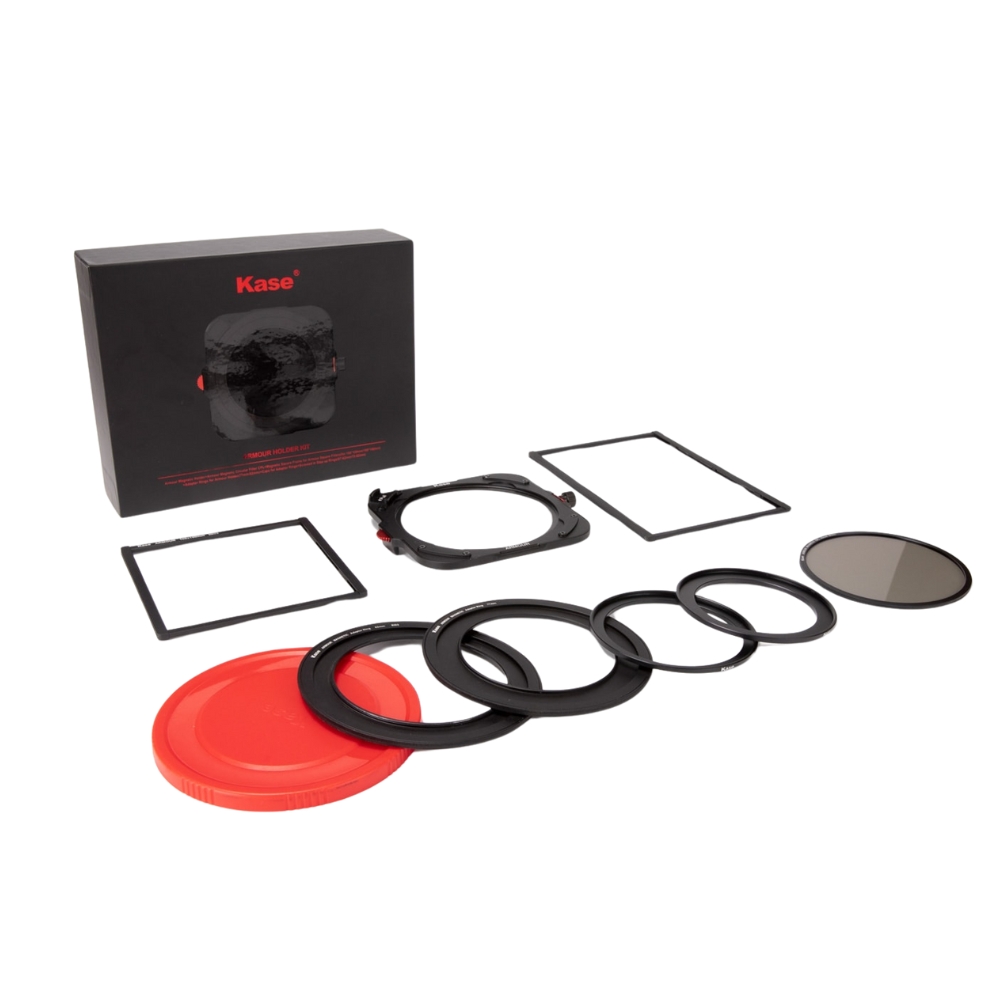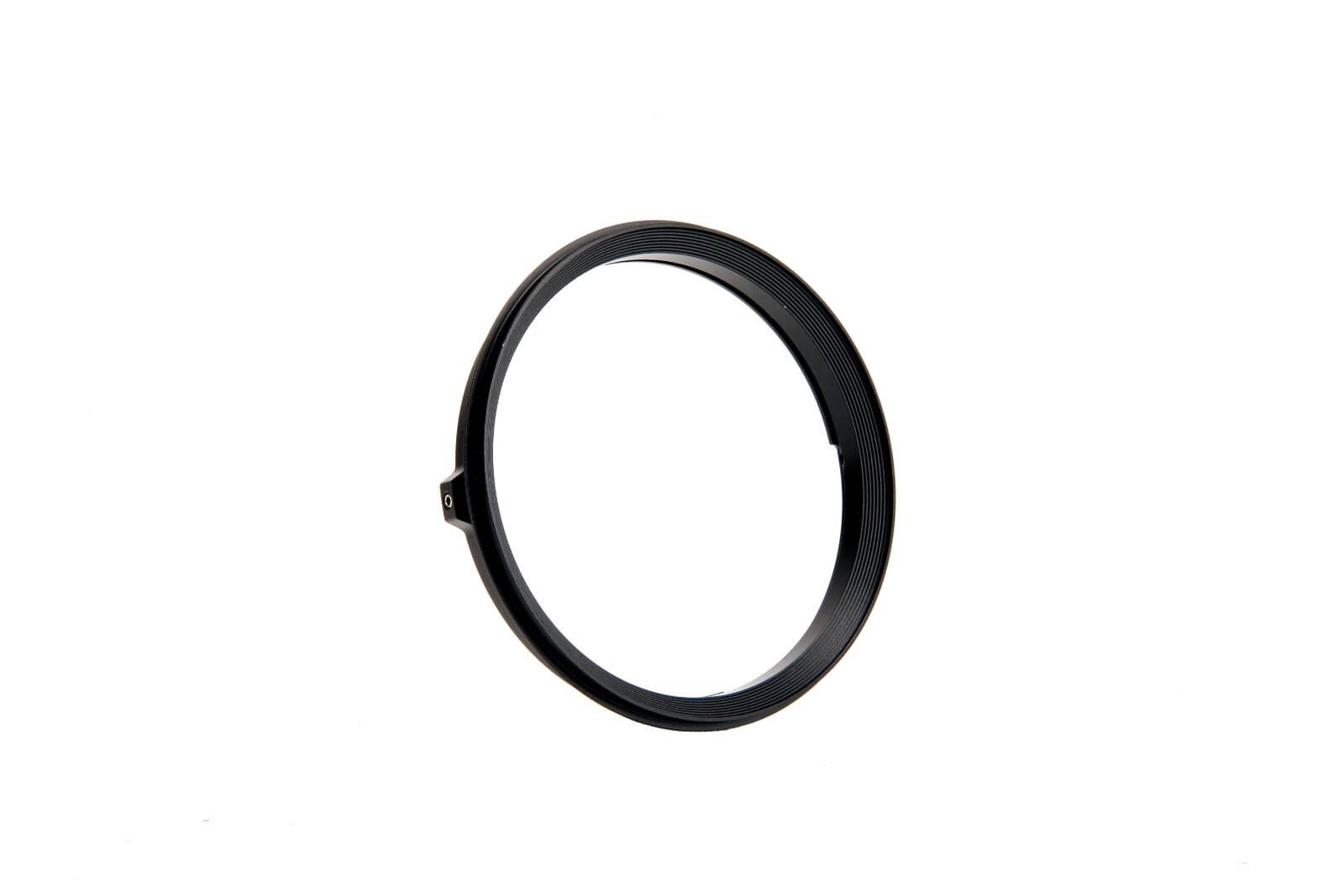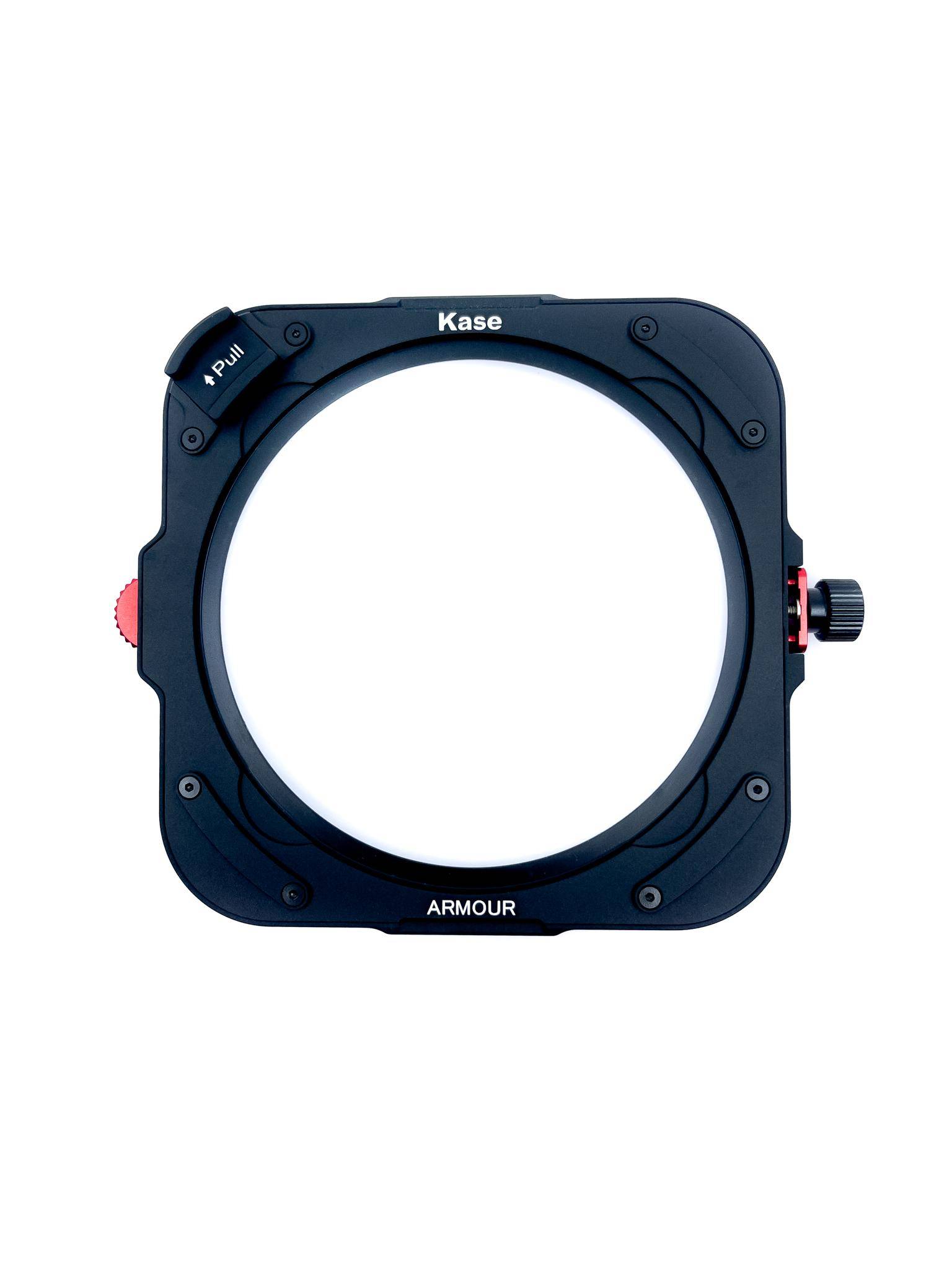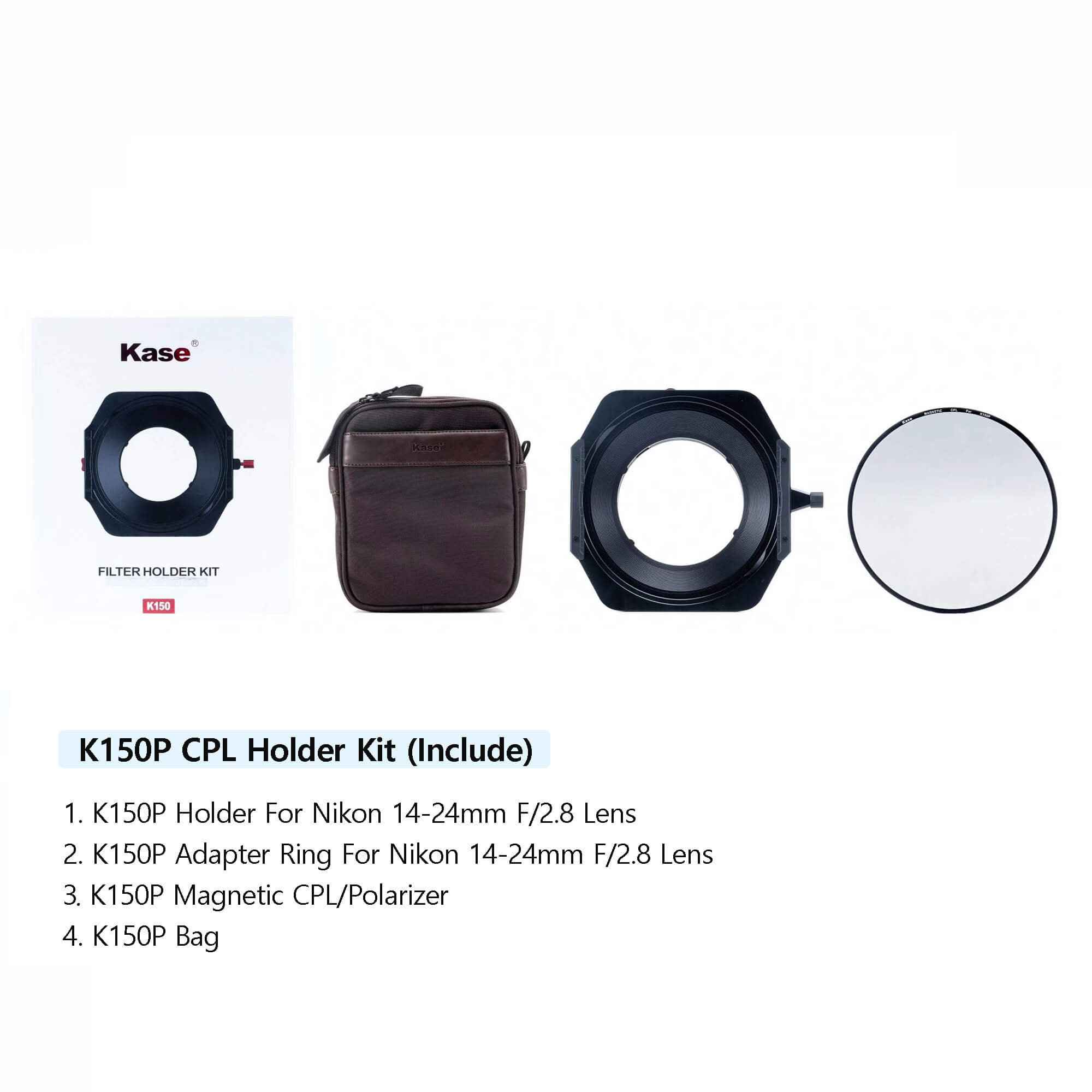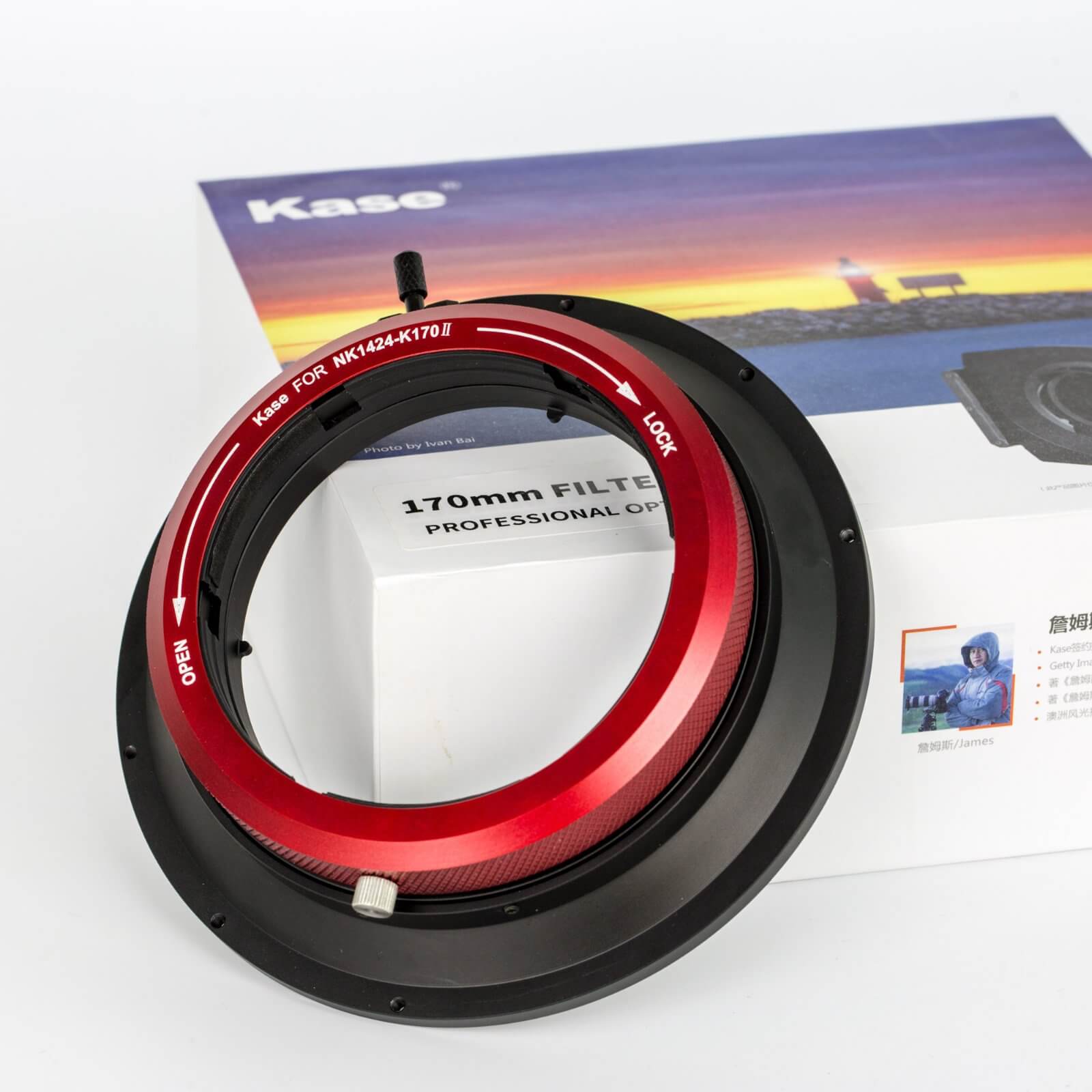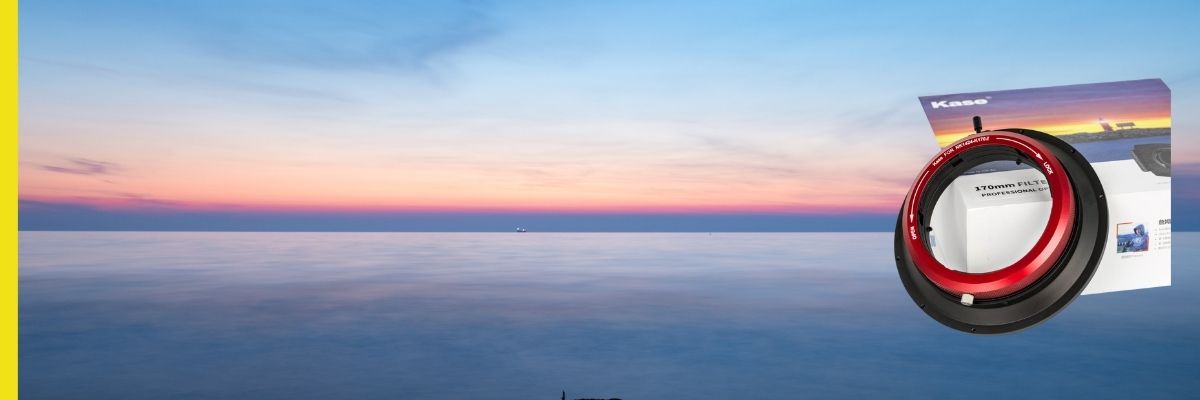
Filters and Filterholders for Nikon Lenses
Take a look at Kase filter holder sets and choose the one that best suits your needs. Kase filter sets include polarizing filters, clip-in, magnetic and screw-in filters in various sizes, adapter rings, magnetic rings, and more. Save money by choosing a complete set instead of buying each item separately for your Nikon camera or lens.
Filter products
In Stock
In Stock
Average rating of 4 out of 5 stars
Preorder possible
In Stock
In Stock
In Stock
In Stock
Kase filterholder kits for your Nikon lenses
The Kase filter holder systems were developed as a filter holder solution for conventional filters with a thickness of 2 mm as well as for our new K100 SLIM filters (1.1 mm material thickness). We offer you filter holders for a wide variety of rectangular filters, the sizes 100 mm, 150 mm and 170 mm are covered for you! If you choose the K9 filter holder kit, you will be supplied with a CPL filter, which is magnetically attached to the filter holder without an adapter. In this way, the polarizing filter can be quickly attached or removed when needed. In addition, the polarizing filter can be easily adjusted using a screw wheel without having to turn the filter holder itself. Even with gloves in the cold, you can easily adapt your setup to the current conditions. In addition, you will receive two magnetic adapter rings in the sizes 77mm - 90mm and 82mm - 90mm as well as two step-down rings in the sizes 67mm - 82mm and 72mm - 82mm in the starter kit. This allows you to start photography directly with, for example, an ND filter and gray gradient filter in front of your lens! All of our Kase filter holder systems are precision CNC-milled from aluminum and matt black anodised to avoid annoying light reflections when taking photos. With the attachment directly to the lens, light reflections are minimized and the CPL filter included in the K9 kit can also be used without a filter holder. With the K9 filter holder, the polarizing filter can be brought into the desired position with the adjustment wheel on the filter holder, even if, for example, neutral density filters or neutral density filters are already in use in the holder.
The 100 mm filter holders are suitable for which cameras?
The 100 mm systems are the established filter holder systems on the market with the largest range of different filters. They can be mounted on almost all lenses with a front thread using adapter rings. 100mm filter holders are therefore very well suited for lenses with 16-35 mm or 10-24 mm and also everything that has a longer focal length. But also medium format cameras can be equipped with a 100mm system including all focal lengths available there.
One advantage is that handling is very easy and convenient due to the relatively small size. It is easy to transport due to its low weight and also takes up little space in the already full backpack. As long as no super wide-angle lens without a front thread is used, such as the Nikon 14-24mm f/2.8 or the Tamron 15-30mm f/2.8, the 100mm filter system should always remain the preferred system. When using the lenses mentioned, however, the 150 mm system we offer should be used straight away, which can also be adapted to smaller lenses using adapter rings.
Compatibility of 100 mm systems
Basically, filters from all manufacturers can be used in our filter holder systems. Graduated filters usually have the dimensions 100x150 mm with a thickness of 2 mm and gray filters are also 2 mm thick with 100x100 mm. So if you buy a filter holder from Kase, you can also use existing filters from other companies in it without any problems. This is definitely true for all gradient filters. ND filters often have foam on the back to seal against stray light. With old filters it could happen that the applied foam edge does not guarantee a 100% seal against light with every holder. However, with the filters currently available, this should not be a problem. The adapter rings from the various manufacturers that are used to mount a holder on the lens are not compatible.
At this point, however, we would like to point out that the different polarizing filters make up the biggest differences between the systems of the manufacturers. Since the polarizing filter is one of the most important filters in landscape photography, the effect of which cannot be reproduced in post-processing, this aspect should by no means be ignored when making a purchase decision. In general, we advise against using screw polarizing filters that you have already bought in connection with a plug-in filter system. As a rule, it is then no longer possible to use the lens in the lower focal length range without vignetting, and it is usually extremely tedious to screw the entire filter on and off again if you only want to remove or attach the polarizing filter. To avoid this problem, it makes sense to choose the K9 filter holder kit, for example, which comes with a polarizing filter. As a result, you only need to screw the lens onto your camera, attach the filter holder including the CPL filter and you can experiment with different rectangular filters (gradient filters / ND filters).
The difference between regular and slim filter holders
Our filter systems offer you three slots for any rectangular filter. Some other brands offer filter holders that only have one slot or where the slots can be varied using screws. The K9 filter holder, for example, comes with filter holder rails for rectangular filters with a thickness of 2 mm and for filters with a thickness of 1.2 mm.
Does it make sense to always leave the polarizing filter in the filter holder?
We recommend that you only put the polarization filter in the filter holder when it is actually needed.
If you are a photographer in the countryside or on a tour of a city, the CPL filter can usually remain mounted. Because in both situations, there are often mirroring and reflections that can be compensated for with the polarizing filter. It would make little sense to keep removing the filter from the camera.
In most cases, a polarizing filter does not have any major negative effects if you leave it mounted in the filter holder. However, the same problems could arise as with a UV filter. The polarizing filter slightly reduces the light that hits the camera sensor and can therefore have a negative effect on the images in certain situations when you are not actually using it.












